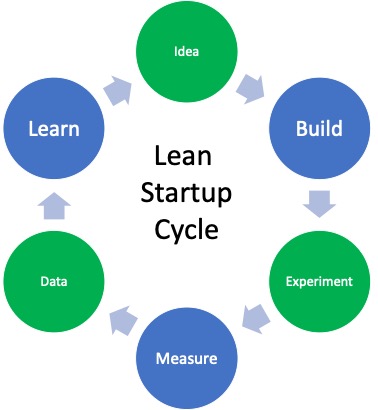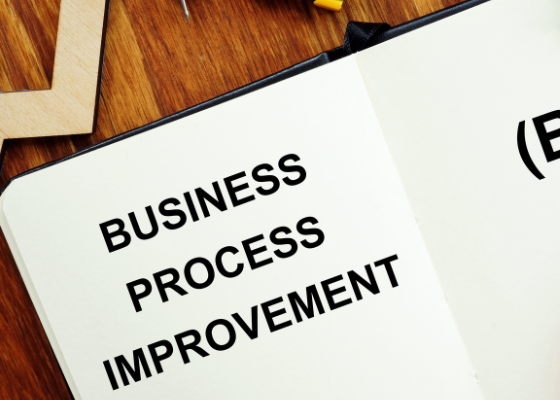Starting a business is exciting, but it’s also risky. Many entrepreneurs spend months (or even years) developing a product only to realize that nobody wants it. This is where The Lean Startup Methodology comes in—a smarter, more efficient way to build a business and increase the chances of success.
What is the Lean Startup Methodology?
The Lean Startup methodology, developed by Eric Ries, is a business approach that helps startups create products and services efficiently while reducing waste. Instead of spending too much time planning and perfecting a product before launch, the Lean Startup method encourages entrepreneurs to:
Build – Create a minimum viable product (MVP) as quickly as possible.
Measure – Test the product with real customers and gather feedback.
Learn – Use the feedback to make improvements or pivot if necessary.
This cycle—Build, Measure, Learn—helps businesses adapt quickly to what customers actually want rather than making assumptions.
Key Principles of the Lean Startup
Validated Learning
Traditional businesses often rely on long-term business plans, but the Lean Startup method focuses on learning from real customer interactions. Instead of guessing, startups run experiments to find out what works.
Minimum Viable Product (MVP)
An MVP is the simplest version of a product that can still solve a customer’s problem. It’s not perfect, but it allows startups to test their ideas with minimal investment. For example, instead of spending months building a full app, a company might first create a simple website or a prototype to see if people are interested.
Pivot or Persevere
If customers love the product, the business can continue improving it (persevere). But if the feedback shows that the idea isn’t working, the startup can change direction (pivot). This prevents wasting time and money on something that won’t succeed.
Continuous Improvement
The Lean Startup approach is all about making small, continuous improvements based on data. Instead of launching a “perfect” product, startups release early versions and refine them based on customer reactions.
Why the Lean Startup Method Works
Reduces Risk – Instead of investing huge amounts of time and money upfront, entrepreneurs can test their ideas early and make changes before it’s too late.
Saves Money – By focusing only on what customers need, businesses avoid spending on unnecessary features.
Faster Growth – Because startups get real feedback quickly, they can improve their products faster and scale successfully.
Real-World Examples
Dropbox: Before building its full product, Dropbox created a simple demo video to gauge interest. The response was overwhelming, proving that people wanted their service.
Airbnb: The founders initially tested their idea by renting out their own apartment. When they saw demand, they expanded the concept.
CONCLUSION
The Lean Startup methodology isn’t just for tech startups—it can be applied to any business. Whether you’re launching a new app, a fashion brand, or a health product, the key is to start small, test your idea, and adjust based on real feedback. Instead of guessing what customers want, let them tell you. That’s the smart way to build a successful business.








